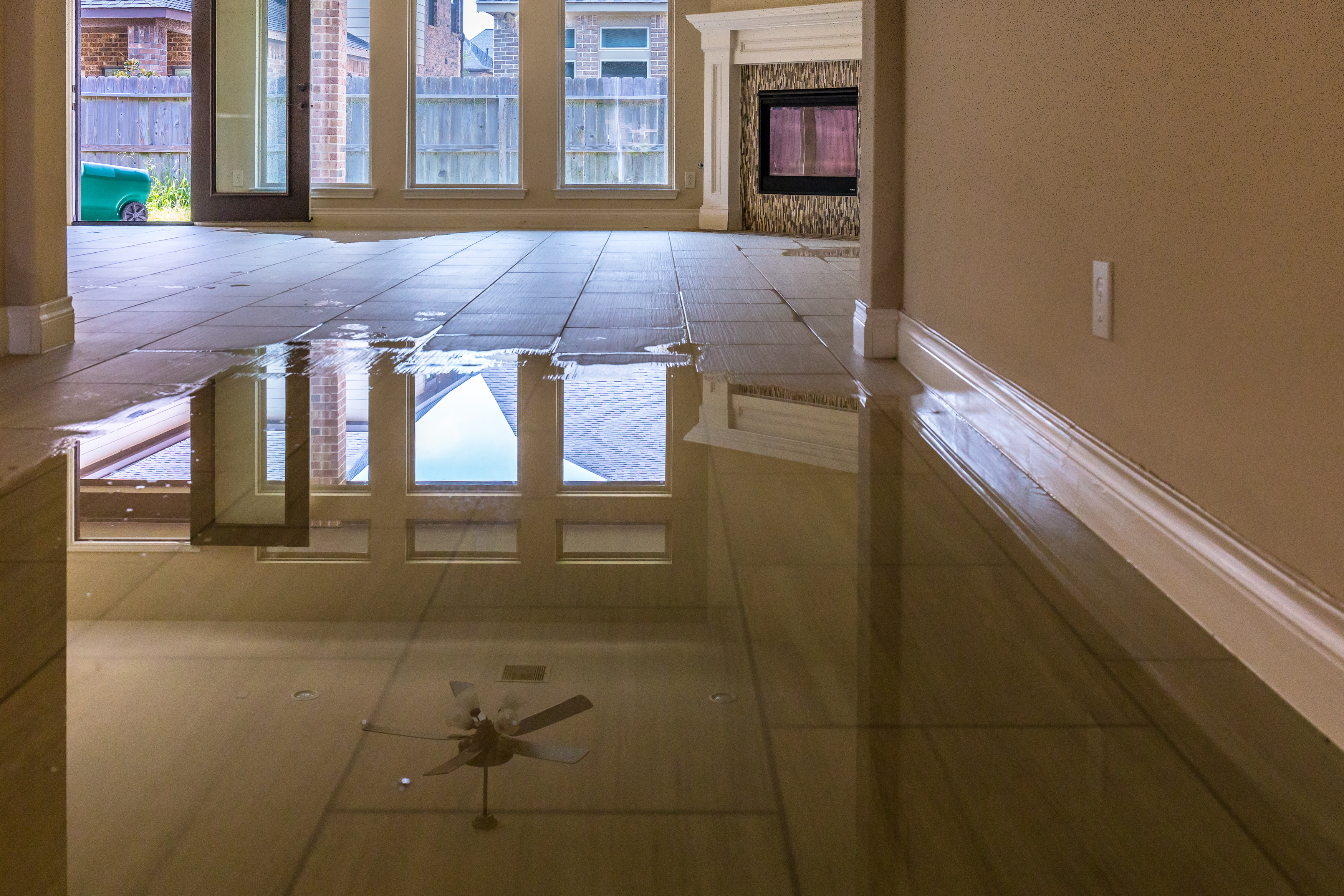How to avoid a Water Damaged Bathroom
How to avoid a Water Damaged Bathroom
Blog Article
The publisher is making several good pointers regarding Preventing Water Damage in the Bathroom in general in the content which follows.

The bathroom is very vulnerable for damp accumulation and also prospective water damages because of the frequent use water in it. This article provides simple assessment techniques to aid spotting water damages risks.
The constant use of water in the washroom makes it extremely prone for wet accumulation and also potential water damages. By inspecting it on a regular basis, you can reduce water associated problems.
The complying with collection of evaluations is very easy to perform as well as should be done when in every 3 months in order to keep your restroom healthy and to avoid possible water damages triggered by the bath tub, the shower, pipe joints as well as plumbing, sinks, closets, and the bathroom
Do not forget performing these assessments and also be thorough while performing them. Bear in mind that these basic examinations can save you a lot of cash by giving early indications for water damages
Bath tub and also Shower
The shower and tub require special interest and upkeep. Inspect the floor tiles and also replace if split. Make certain that there is no missing out on cement in between the tiles. Inspect as well as change split caulking at joints where the wall surfaces fulfill the floor or the bathtub. Blocked drains and also pipes problems will avoid the tub from drying as well as may indicate serious problems beneath the bath tub. Consult with a specialist quickly to prevent architectural damage. Take note of stainings or soft areas around the tub walls as they might suggest an internal leak.
Plumbing
Signs for water damages are tough to find considering that a lot of pipes are installed inside the wall surfaces.
Pay unique interest to flooring and wall surfaces dampness as well as stains as they might show an undetectable plumbing issue. Check dampness degrees in adjoining rooms too.
Sinks as well as Cabinets
Sinks as well as cabinets are revealed to wetness and moisture daily and are often ignored. Inspect routinely under the sink and on the kitchen counter over it. Repair any drip in the catch as it might suggest drain troubles. Browse the sink, sluggish draining pipes might show a blocked drain. Change sink seals if they are split or loose.
The Commode
The commode is a susceptible water joint. Inspect the water lines and look for leakages around the toilet seat, in the tube, as well as under the water storage tank. If you spot any signs of dampness on the floor around the toilet, check for leakages in the toilet edge and container seals.
Know that hanging toilet dish deodorants raises the possibilities for clogs.
Water Damage Signs In The Bathroom To Avoid Cleanup
Musty smell
This is one of the easiest signs to catch because musty smells are so odorous. The damp, earthy, moldy smell should be a big red flag. The smell will develop when moisture gets trapped in surfaces, and begins to facilitate mold growth. Leaking pipes under cabinets, inside walls, and behind shower fixtures will cause moisture to stay trapped and not dry, which will lead to mold growth and spread. As soon as you notice any musty smells in your bathroom, have it checked for hidden water damage and cleanup signs.
Visible mold
If the smell isn’t there to give it away, sometimes you will actually see mold growth. Finding mold in your bathroom is a serious problem, because mold is very harmful to your health. By the time mold growth is visible, it also means that water damage has already occurred and been present for some time. The only way the mold problem can be resolved is to find the source of the moisture and get it stopped. To safely and adequately remove mold, you need to have professionals handle the remediation. Do not waste any time in getting mold problems addressed, fixed, and sanitized so that you can protect you and your family from the many respiratory symptoms caused by mold exposure.
Damaged floors
Bathroom floors should be able to withstand some exposure to water while still remaining in good condition. However, when excess exposure or water leaks occur, they will begin to damage even the most water-resistant flooring. If you notice any cracking, bubbling, staining, or warping on your bathroom floors, there is probably a water leak somewhere causing the distortion. If you notice areas of the floor have become softer, or even have a spongy feeling, there is probably damage to the subfloor. Subflooring is typically made up of plywood. When plywood is exposed to water or moisture, it will absorb it. Once it has become saturated, the weight of the excess water will cause the wood to swell and soften. Check the floors in your bathroom frequently to catch any of these sings before they lead to damaged subflooring.
Changes on walls
When water leaks behind walls, it will cause changes in the drywall. Peeling plaster, blistering paint, and soggy wallpaper are all good indicators that excess water is building up behind the wall. Water leaking behind drywall will cause it to swell and be soft to the tough. If you start to notice gaps along the trim of your walls, or where tile meets the wall, it could also be a strong indicator that there is a leak behind the wall. Any changes, distortion, or damage on the walls should be evaluated as soon as you notice it to prevent further water damage and cleanup.

I hope you enjoyed our excerpt on Preventing Water Damage in the Bathroom. Thanks a ton for taking a few minutes to read our piece of content. Please take the time to distribute this blog post if you enjoyed it. Thank-you for going through it.
View More Report this page